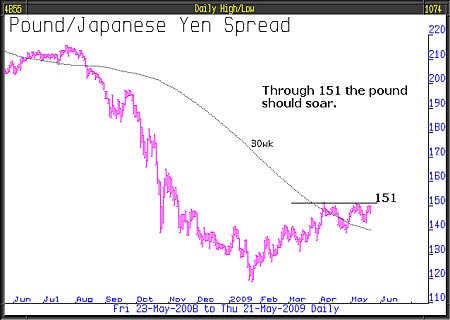
Nouriel Roubini recently wrote in the New York Times [The almighty renminbi?]:
“We may now be entering the Asian century, dominated by rising China and its currency. This decline of the dollar might take more than a decade, but it could happen even sooner if we do not get our financial house in order. The United States must rein in spending and borrowing and pursue growth that is not based on asset and credit bubbles. For the last two decades, America has been spending more than its income, increasing its foreign liabilities and amassing debts that have become unsustainable.”
Jim O’Neil’s recent piece in the Daily Telegraph said that China will, in just a few years, take over from Japan as the second biggest economy in the world before eventually becoming the largest economy in the world. That being the case, their currency will, in due course, take over and challenge the dollar for supremacy.
Brazilian President, Lula da Silva, has suggested to China that Brazil should invoice China in the yuan, China is Brazil’s number one export market. It is also being mooted that the yuan should be used for trade with Taiwan.
If the yuan is to fulfil its ultimate role in world markets it needs to become an open currency and freely float. Such a change would cause it to rise dramatically to the further disadvantage of the dollar. There’s never a better time for doing that than when your trade with America is at its lowest and with $2 trillion of reserves, does China need to worry?
Sterling index
For a good number of weeks, we have forecast the pound’s imminent burst into strength. According to the chart, it has happened. Consolidation from December last year has ended with a break to the upside. This suggests an outstanding investment opportunity. The model portfolio already holds a structured note that benefits from the pound versus the yen.
Dollar index
We have previously said that an important top had formed and from such a situation we would expect the dollar’s value to plummet, a condition that should benefit gold very considerably. However, we look to gain some extra benefit in the model portfolio from the weak US dollar.
Having studied a number of alternatives, we have decided that an investment based upon the Australian dollar against the US dollar would be appropriate. Australian interest rates are at 3% and commodities look to have returned to strength, doubly good for the Australian currency.
It could well be that, over the coming months, currencies will offer the major investment opportunities.
• This article was written by
Full Circle Asset Management
, as published in the
threesixty Newsletter
on 22 May 2009